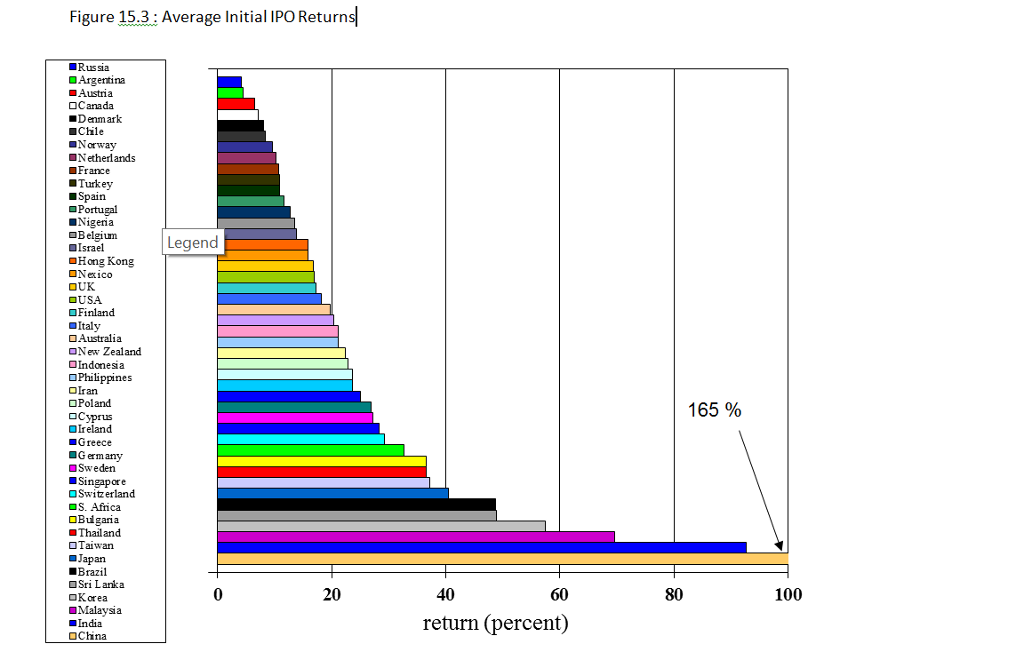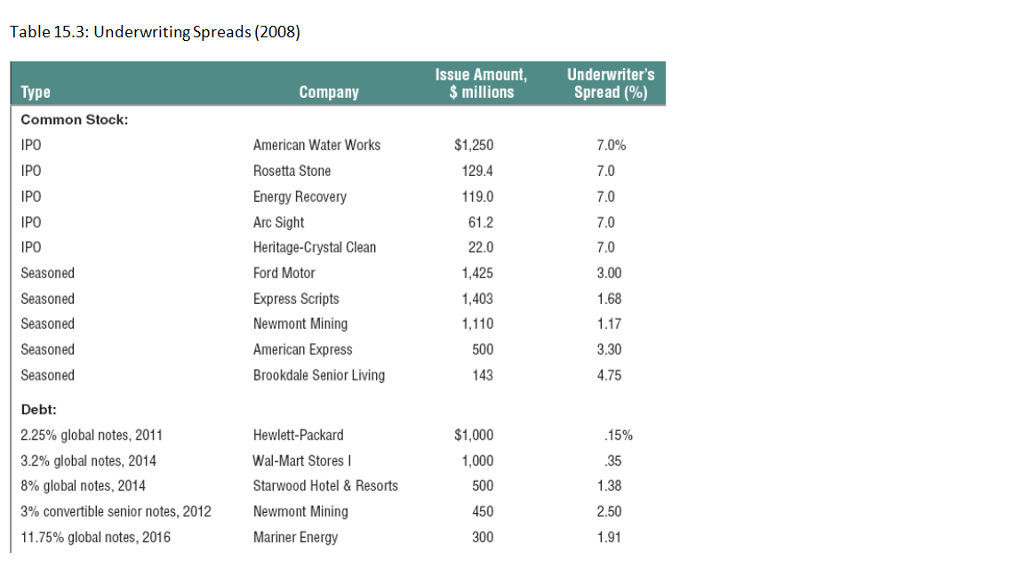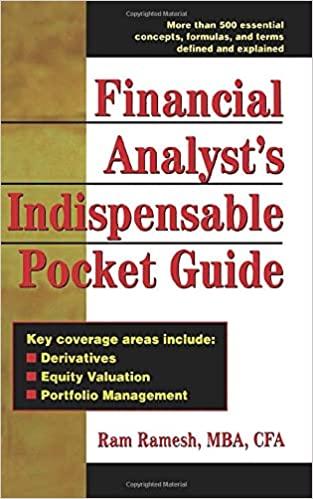Question
Mutt.com was founded in 2006 by two graduates of the University of Wisconsin with the help from Georgina Sloberg, who had built up an enviable
Mutt.com was founded in 2006 by two graduates of the University of Wisconsin with the help from Georgina Sloberg, who had built up an enviable reputation for backing new start-up businesses. Mutt.com's user-friendly system was designed to find buyers for unwanted pets. Within 3 years the company was generating revenues of $3.4 million a year and, despite racking up sizeable losses, was regarded by investors as one of the hottest new e-commerce businesses. The news that the company was preparing to go public therefore generated considerable excitement. The company's entire equity capital of 1.5 million shares was owned by teo founders and Ms Sloberg. The intial public offering involved the sale of 500,000 shares by the three existing shareholders, together with the sale of further 750,000 shares by the company in order to provide funds for expansion. The company estimated that the issue would involve legal fees, auditing, printing, and other expenses of $1.3 million, which would be shared proportionately between selling shareholders and the company. In addition, the company agreed to pay the underwriters a spread of $1.25 per share (this cost would also be shared). The roadshow had confirmed the high level of interest in the issue, and indications from investors suggested that the entire issue could be sold at a price of $24 a share. The underwriters, however, cautioned about being too greedy on price. They pointed oot that indications from investors were not the same as firm orders. Also, they argued, it was much more important to have a successful issue than have a group of disgrunted shareholders. They therefore suggested an issue price of $18 a share. That evening Mutt.com's financial manager decided to run through some calculations. First, she worked out the net receipts to the company and the exsisting shareholders assuming the stock was sold at $18 per share. Next, she looked at the various costs of the IPO and tried to judge how they stacked up against the question of underpricing. When she had raised the matter with the underwritters that morning, they had dismissed the notion that the initial day's return on an IPO should be considered part of the issue costs. One of the members of the underwriting team asked: "the underwritiers want to see a high return and a high stock price. "Would Mutt.Com prefer a low stock price? Would that make the issue less costly?" Mutt.Com's financial manager was not convinced but felt that she should have a good answer. She wondered wheather unerpricing was only a problem because the exsisting shareholders were selling part of their holdings. Perhaps the issue price would not matter if they had not planned to sell.
Please answer the following questions after reading the attached MiniCase: 1. Calculate all flotation (issue) costs of IPO for Mutt.Com 2. Calculate the three ratios (Direct Cost Ratio: Direct Costs/Funds Raised) and (Indirect Cost Ratio: Underpricing Costs/Funds Raised). Compare these two ratios to the numbers in Figure 15.3 and Figure 15.5 in Chapter 15. 3. Calculate the spread cost ratio (Spread Cost Ratio: Total Spread Cost/Funds Raised). Compare this ratio to the numbers in Table 15.3 in Chapter 15. 4. Calculate another ratio known as total flotation cost ratio (Total flotation costs/Value of Shares issued). Please note that the value of shares issued is based on the non-underpriced value of the issue. Do you think that issuing equity is a cheap process? Use your answer to justify your opinion. 5. Answer the following questions in the MiniCase focusing on whether underpricing should be considered as a part of total flotation cost: a. Would Mutt.Com prefer a low stock price? b. Would that make the issue less costly?


Step by Step Solution
There are 3 Steps involved in it
Step: 1

Get Instant Access to Expert-Tailored Solutions
See step-by-step solutions with expert insights and AI powered tools for academic success
Step: 2

Step: 3

Ace Your Homework with AI
Get the answers you need in no time with our AI-driven, step-by-step assistance
Get Started


